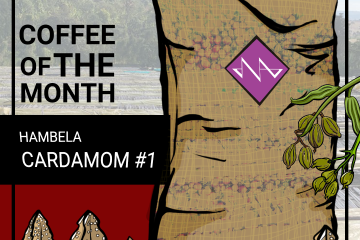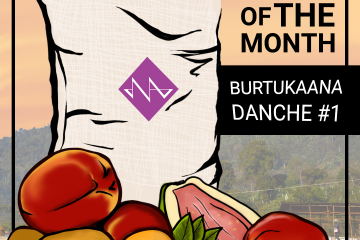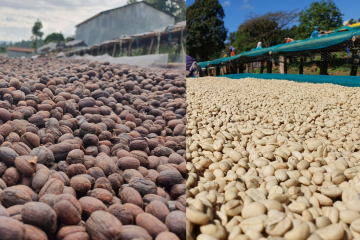On our most recent visit to Ethiopia, we had the pleasure of cupping some pretty amazing coffees, coffees we cant wait to share with you!
There are a couple of things we learnt on this trip that we would like to talk about first. Coffee from Ethiopia stands out both because of the incredible diversity of profiles across the different growing regions in Ethiopia and for its complexity in the cup. It is this complexity that has lead to these coffees being widely under valued.
The current season of Ethiopians is expected to come in at considerably higher prices than the previous year. This is largely due to the fact that back in October when the Ethiopian harvest was beginning, there where and had been for some time global concerns over the current Brazil crop due to the climate conditions in Brazil. There was discussion around the drought that filtered into Ethiopia and caused a belief that there would be a lack of production for the existing demand, and that some of that demand would spill over and affect the take up of Ethiopian coffees as an alternative to previously bought Brazils.
For this reason farmers in Ethiopia believed that prices of exported, green coffee would increase and they were insistent on considerably higher prices for their cherry. The 2013/14 Ethiopian crop had prices of cherry in the South between 7-12 Ethiopian Birr (ETB) per kg, while this year in Sidama cherry was sold for between 15-16ETB per kg, and in Yirgacheffe for as much as 18ETB per kg.
In addition to this, due to the fact that in the previous season the prices paid for green coffee sold on the ECX increased in the period between which cherry had already been purchased by washing stations and was still being processed in order to be sold. Hence low prices were paid for cherry and relative to this, high sales prices where achieved at the ECX. This in turn means that there was a lot of available funds this year to pay high prices for cherry and it is very competitive for washing stations to ensure they purchase enough cherry throughout the season to maintain the necessary levels of production.
This is great, it means that farmers have had a better year than last year but it also means that the cost of the end product has to increase. We have visited and cupped through many coffees already to ensure that we continue to work with some of the best coffees available. We are visiting again this month as a continual part of this process.


